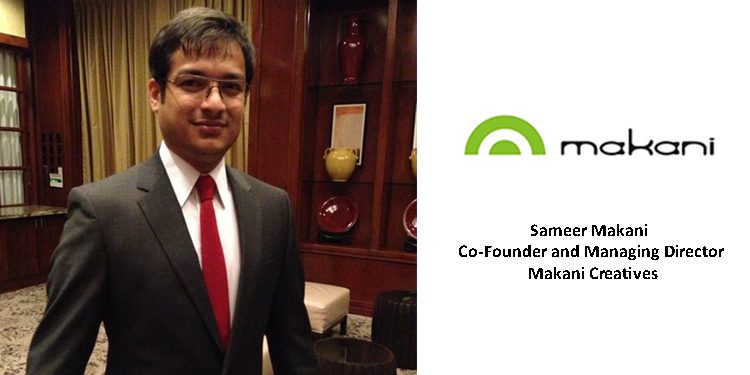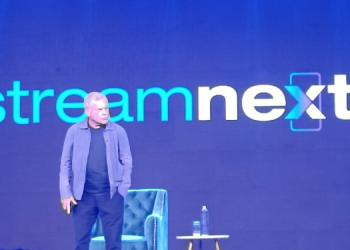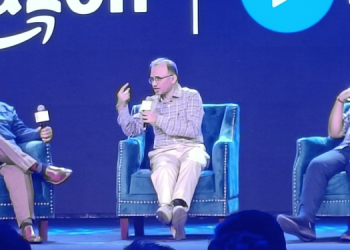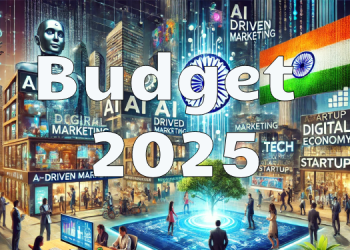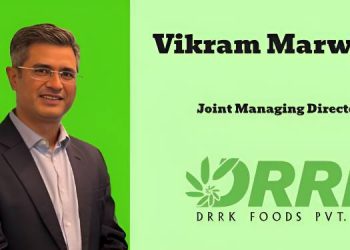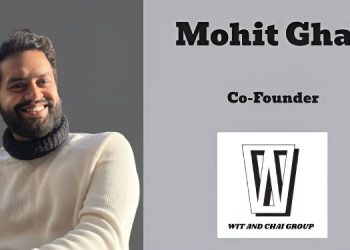As we glide into the remaining half of 2019, the advertising industry continues its startling journey through new ad formats, ground breaking concepts, and out of the box approach shifting ad budgets.The Indian advertising market is estimated to cross $10 billion mark soon evolving the typical approach for advertising from traditional print and TV spots to new marketing strategies with an aim to create a greater impact in consumers mind. While TV and Print still provide large brand visibility; using new technologies for advertising has created a space for newer possibilities which were previously unknown. Brands are now looking out for innovative ways to touch base with the consumer and create a conversation driver for an approach widely known as interactive advertising. From short videos to memes, browsing web is like an endless loop of content. Businesses that aim to to stay ahead of the curve are looking for such new categories to circulate the new information and gain traction. Dominating advertising space with trends like Moment marketing, First Party Data, Co-branding, Social media marketing, AI and Machine Learning and Influencer outreach will help the brands in getting a gaining traction which will result in better ROI.
Moment Marketing:
While digital marketing has its own benefits for marketers; moment marketing is a trend that has emerged recently. Earlier marketers were heavily relying on marketing ideas which were static in nature and created campaigns which were hardly relatable. Moment marketing enables brands to create a campaign which embraces current events to make it more relatable. Through this brands could reach the target audience in a short span of time since moment marketing tends to deliver right message at the right time using offline experience of the events for online interaction.
For instance, Mochi’s #nomeetingsafter3pm campaign which leveraged ICC Cricket world Cup 2019 and urged office going people to sign a petition to request corporates for not keeping meetings after 3pm as matches would start at that time.
First Party Data:
Ever since Google and other web browsers such as Mozilla and Safari blocked third party cookies; the industry shifted to first party data as the primary source to reach to potential customers. With Facebook updating the features of ‘Why I am seeing this ad?’ it will be important for brands and advertisers to come up new and ethical ways to reach out the consumers mapping all the touch points. Although first party data looks like an issue today; it will soon be emerging as a trend in the sector.
Co-Branding:
Brands work together to create new consumer products that elevate brand awareness while creating an intense consumer interest for their new products. The market opens up for small businesses to take a work with national brands by launching a co-branded ad campaign.This maximizes the use of advertising investments while simultaneously creating a stronger promotion for the consumer. The best example would be ‘Adidas Yeezy’, where Kanye West, best known for his Grammy-winning rap albums, partnered with Adidas to develop a high-end footwear line called Yeezy. The combination of Kanye’s personal brand and Adidas’ growing streetwear segment has made for aggressive company earnings and brand growth since it was introduced.
Social media marketing:
Social media marketing is a powerful way for businesses and brands to reach customers. Brands/ businesses ensure they do not miss out on any potential customers by interacting with them through social media. It is a medium of speaking directly to your audience through social platforms like Facebook, Twitter, Instagram, and Pinterest.A remarkable success for a business can be attained through marketing on social media. It will not only createdevoted brand advocates and but it will also help in driving leads and sales.
Using AI and Machine learning for advertising:
As the world is becoming a tech-driven place, advertisers are adapting new innovative ways using technology.The industry has seen a huge growth in targeted advertising, where the message is made to fit the viewer. Advertisers have been working relentlessly for years to create a message that is really hitting the mark. Artificial intelligence, machine learning along with its associated technologies, can help in easing the process. AI as a technology tends to be more specific and eliminates guesswork in targeted advertising. With access to relevant information about a group as well as individual audience, advertisers can ensure that messages that aren’t effective, or that work against a brand’s positioning, don’t get through. AI will help in re-engineering programmatic advertising along with upgrading it to become a more powerful tool to optimize campaigns. It will play a huge role in enhancing accuracy and targeting audiences, verticals and customers with higher precision and cost effectiveness.
As we have ventured in the second half on 2019, brands should consider adapting newly emerged trends to create a wider impact and sustain the brand recall in the most efficient way possible.
Authored Article by Sameer Makani, Co-Founder and Managing Director, Makani Creatives.

